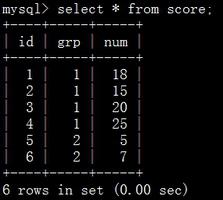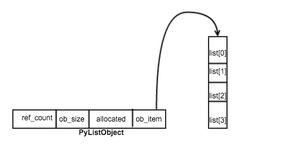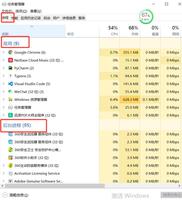快速排序的Python排序麻烦
def quicksort(mas): if mas:
mid = mas[0]
menshe = [i for i in mas[1:] if i < mid]
bolshe = [i for i in mas[1:] if i >= mid]
return quicksort(menshe) + [mid] + quicksort(bolshe)
else:
return mas
n = int(input())
mas = input().split()
print(*quicksort(mas))
它未能对一些测试,例如快速排序的Python排序麻烦
input: 3
8 21 22
output:
21 22 8
如何提高代码?
回答:
您的代码可能工作得很好。我还没有测试它。 (但现在我看起来正确)
你的错误是你放弃了你的第一个输入。所以,你应该使用你自己的代码:
mas = input().split() print(*quicksort(mas))
你只需要一个输入。
此外,要排序的字符串,不一定是数字,所以你可以希望做到这一点:
mas = input().split() print(*quicksort([int(item) for item in mas]))
回答:
您的快速排序实现似乎是正确的,但您忘记将输入转换为整数。你正在排序字符串。
附注:不要忘记,枢轴选择策略在快速排序算法中非常重要。你的“第一个元素作为枢轴”方案类似于Lomuto partition scheme,对于有序或几乎有序的序列,其容易降解为O(n^2)。
以上是 快速排序的Python排序麻烦 的全部内容, 来源链接: utcz.com/qa/265486.html





